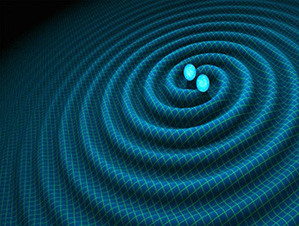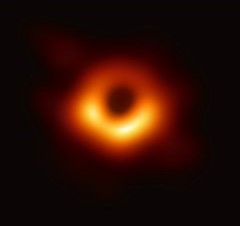A Team of International Astronomers Including a Faculty Member of Physics Department Report the First-Ever Wandering Black Hole in Our Galaxy
A group of astronomers have, for the first time, seen an isolated black hole in the Milky Way through microlensing technique. Prof. Sedighe Sajadian from the physics department of Isfahan University of Technology has contributed to this significant discovery through the membership in the MiNDSTEp group. This interesting study has attracted much attention from many research groups and lead to several significant reports in scientific journals such as Nature, Scientific American's and Science Alert.
This great discovery may help researchers understand how isolated black holes form and estimate their abundance among the galaxies. Gravitational microlensing is a unique method for discerning isolated and dark objects, which act as a gravitational lens. During a lensing event, the light of a background source star is magnified versus time due to passing close to the lens object. In order to determine the lens parameters, such as its mass and distance and resolve the degeneracy problem the astrometric motion of the source star and parallax effect should be measured additionally. However, the astrometric motion of the source star is considerable when the lens is so massive, e.g., black holes. Hence, through astrometric microlensing one can resolve stellar-mass black holes, even they are isolated and dark.
By this method, an isolated black hole with a mass of around 7 solar masses in the Galactic disk was discovered recently. Several ground-based telescopes as well as the Hubble space telescope were observed the source star for 6 years, to measure the parallax effect, astrometric motion of the source star and the lensing light curve. Danish 1.54m telescope which is operated with the MiNDSTEp group has taken more than 900 images from this event. Note that Prof. Sedighe Sajadian from the physics department of IUT has been collaborating with this project in an international team as a part of MiNDSTEp group.





References:
https://arxiv.org/pdf/2201.13296




